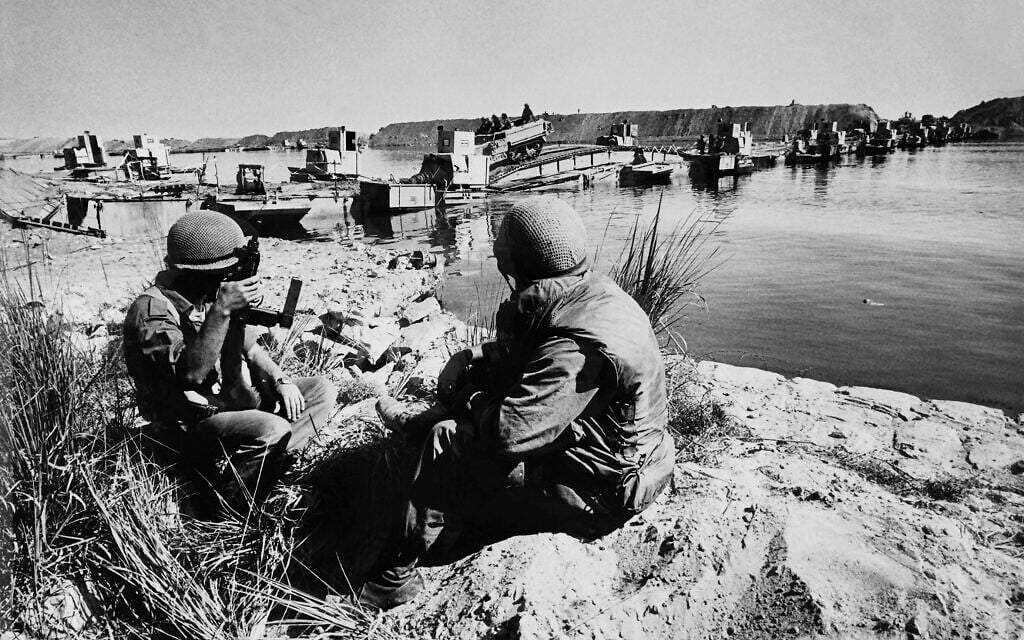
The pages of military history are replete with tales of courage and tactical brilliance, but few shine as brightly or stand as defiantly as the incredible events that unfolded in the skies over the Sinai Peninsula during the opening hours of the Yom Kippur War. On October 6, 1973, a day revered as Yom Kippur, the holiest of Jewish days, a sense of tranquility was brutally shattered. Israel, observing this profound day of solemn reflection, found itself engulfed in a colossal surprise attack orchestrated by Egypt.
This wasn’t merely a skirmish; it was a full-scale assault, with a dark, ominous cloud of over 200 Egyptian aircraft heralding the storm. Amidst this unfolding chaos, the Israeli Air Force Base Ofira, nestled strategically at Sharm el-Sheikh, became a primary target. A formidable enemy formation—comprising 20 MiG-17s and eight MiG-21s—crept over the horizon, their single, merciless objective being to neutralize this vital military stronghold and ensure no aerial opposition.
Yet, from this moment of overwhelming odds, a legend would emerge. Grappling with the sudden ambush and initially unaware of the enemy’s crushing numerical superiority, Israel responded with what little it could instantly muster. Two F-4E Phantom II fighter jets were rapidly mobilized, poised to challenge the menacing swarm of 28 MiGs. As these two Israeli defenders ascended, bravely piercing the cloud barrier, they were met with a chilling spectacle: a vast sea of adversaries, ready to engage them in a battle that would forever etch itself into the annals of aerial combat.
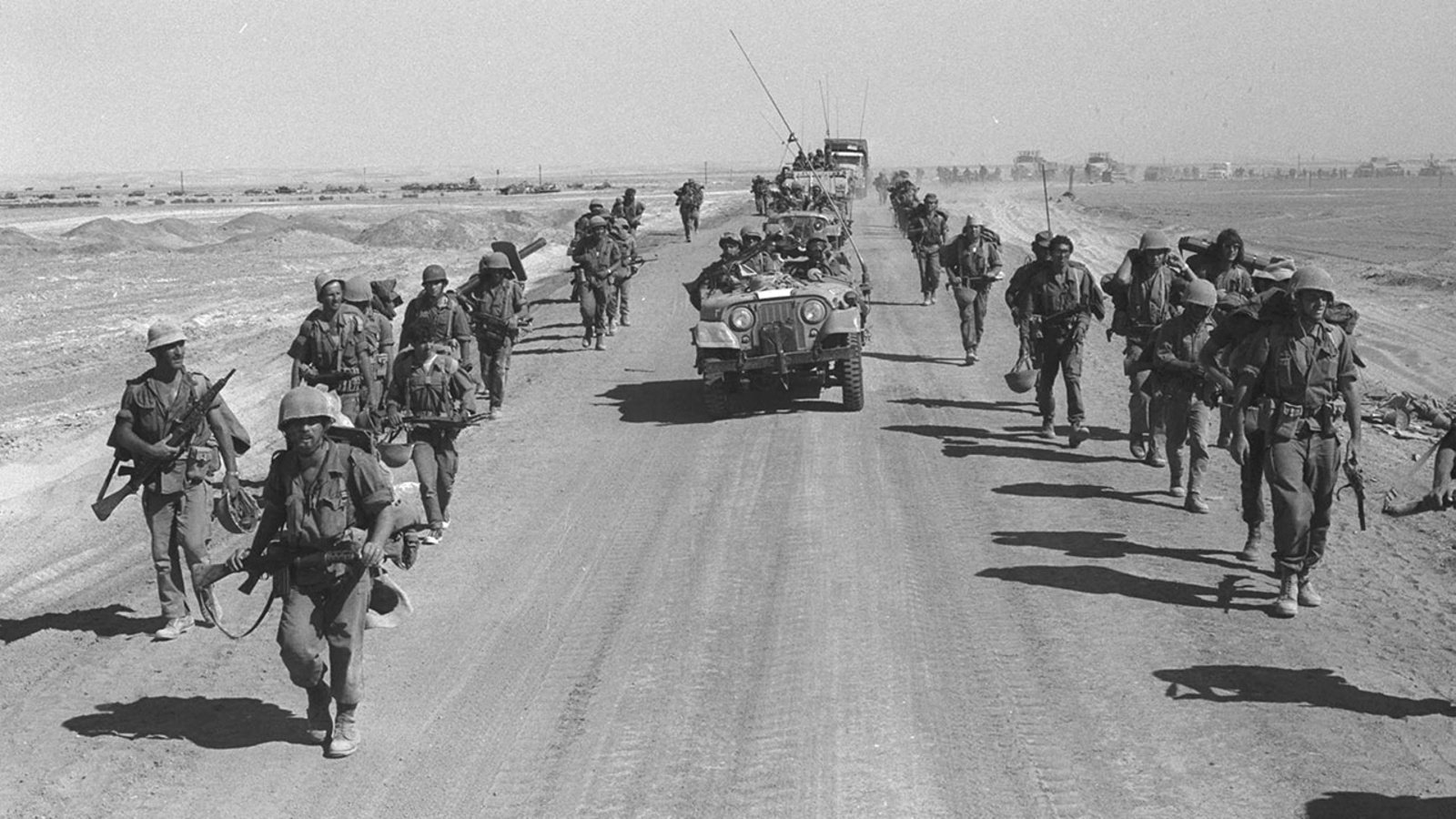
1. **The Yom Kippur War: A Day of Deception and Fury** The Yom Kippur War, erupting on October 6, 1973, stands as a defining and pivotal conflict in the annals of modern warfare, particularly for Israel and the coalition of Arab states led by Egypt and Syria. This war was meticulously planned as a surprise attack, deliberately launched on Yom Kippur, the holiest day in the Jewish calendar. This timing exploited the nation’s spiritual observance, catching the Israeli military largely unprepared for the scale and intensity of the offensive.
The war commenced with a massive Egyptian air strike, involving over 200 aircraft participating in the opening salvos against Israeli military installations. The sheer volume of this initial assault, combined with its timing, was designed to overwhelm Israel’s defenses and establish an immediate advantage for the Arab forces. It was a moment when the quiet reverence of a holy day transformed instantly into a frenzied struggle for survival, highlighting the brutal realities of geopolitical conflict.
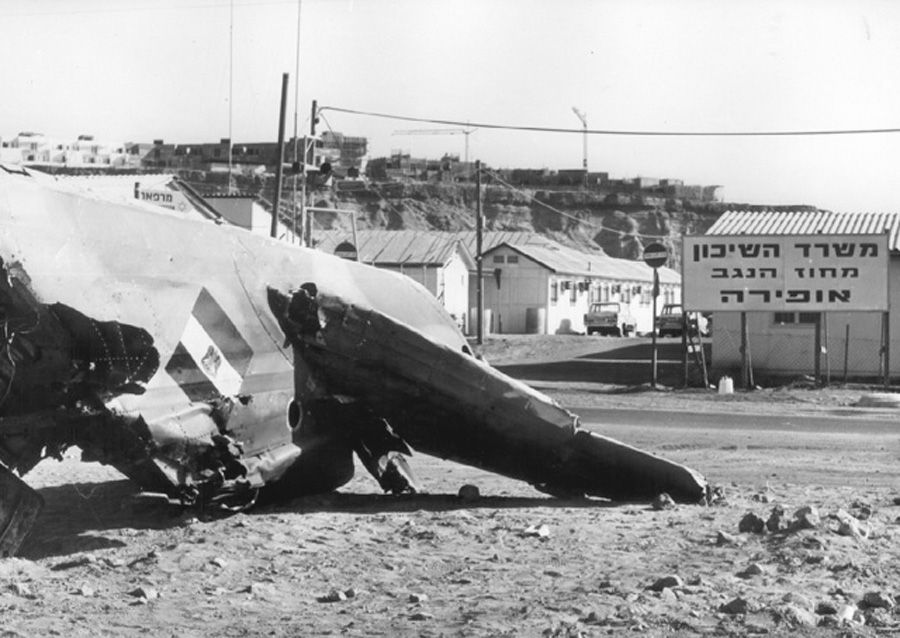
2. **Ofira Air Base: A Vital Outpost in the Sinai** Ofira Air Base, strategically located near Sharm el-Sheikh on the southern tip of the Sinai Peninsula, was a critical component of Israel’s defense posture. Its geographical position made it an indispensable asset for guarding the southern flank and projecting air power into the Red Sea region. The base was especially vital for countering potential naval threats and protecting key Israeli assets in the area.
On that fateful day, Ofira found itself directly in the crosshairs of the Egyptian offensive. The base came under a concentrated attack by a formidable Egyptian Air Force contingent, consisting of 20 MiG-17s, which were primarily ground-attack aircraft, and their escort of eight MiG-21s, designed for air-to-air combat. This combined force aimed to disable the airfield and prevent any aerial resistance, thereby securing the flanks of Egyptian ground forces pushing through northern Sinai. The fate of the base, and indeed the broader conflict in the south, hinged on the ability of its defenders to repel this overwhelming assault.
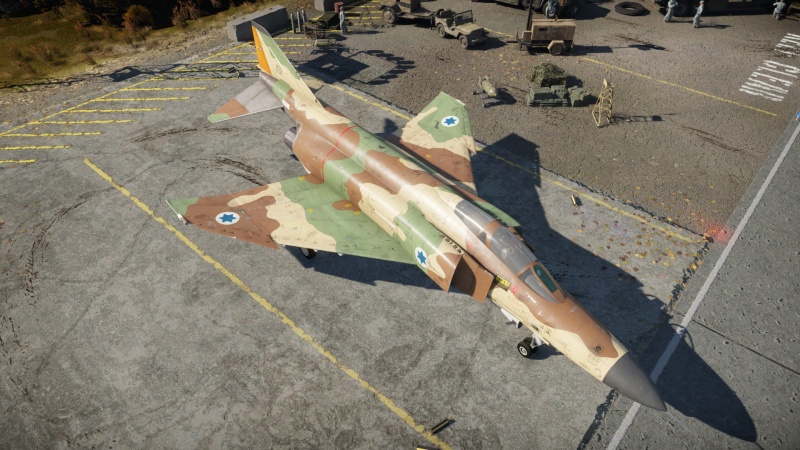
3. **The F-4E Phantom II ‘Kurnass’: Israel’s Aerial Giant** The McDonnell Douglas F-4 Phantom II, affectionately named ‘Kurnass’ or ‘Heavy Hammer’ by the Israelis, was a relatively new and immensely powerful addition to the Israeli Air Force (IAF) inventory. Its introduction in 1969 marked a significant upgrade in Israel’s air power capabilities. This versatile fighter-bomber was renowned for its speed, range, and armament, quickly becoming the backbone of many air forces around the world.
The F-4’s acquisition was also a strategic necessity for Israel. Following a French arms embargo in the late 1960s, Israel was compelled to seek new sources for advanced military aircraft. The Phantom’s exceptional combat record, particularly its reputation as a ‘MiG-killer’ during the Vietnam War, had caught Israel’s attention. This proven combat effectiveness made the F-4 an ideal choice for the IAF, providing them with a formidable platform capable of both air superiority and ground attack missions.

4. **Amir Nahumi: The Architect of Audacity** At the controls of one of the two F-4E Phantoms at Ofira on that pivotal day was pilot Amir Nahumi. Though relatively inexperienced in the grand scheme of combat at the time, Nahumi possessed an intuitive understanding of aerial warfare and an unshakeable resolve that would prove critical. His leadership and extraordinary skill were about to be tested against overwhelming odds, marking him as a figure of remarkable bravery.
Nahumi’s decision-making in the heat of battle, often defying conventional protocol, underscored his fearless approach. He was not just a pilot; he was a tactical mastermind in the cockpit, capable of rapid assessments and daring maneuvers that would turn the tide of an engagement against a numerically superior foe. His actions would later be hailed as a testament to his exceptional flying skills and unwavering composure.
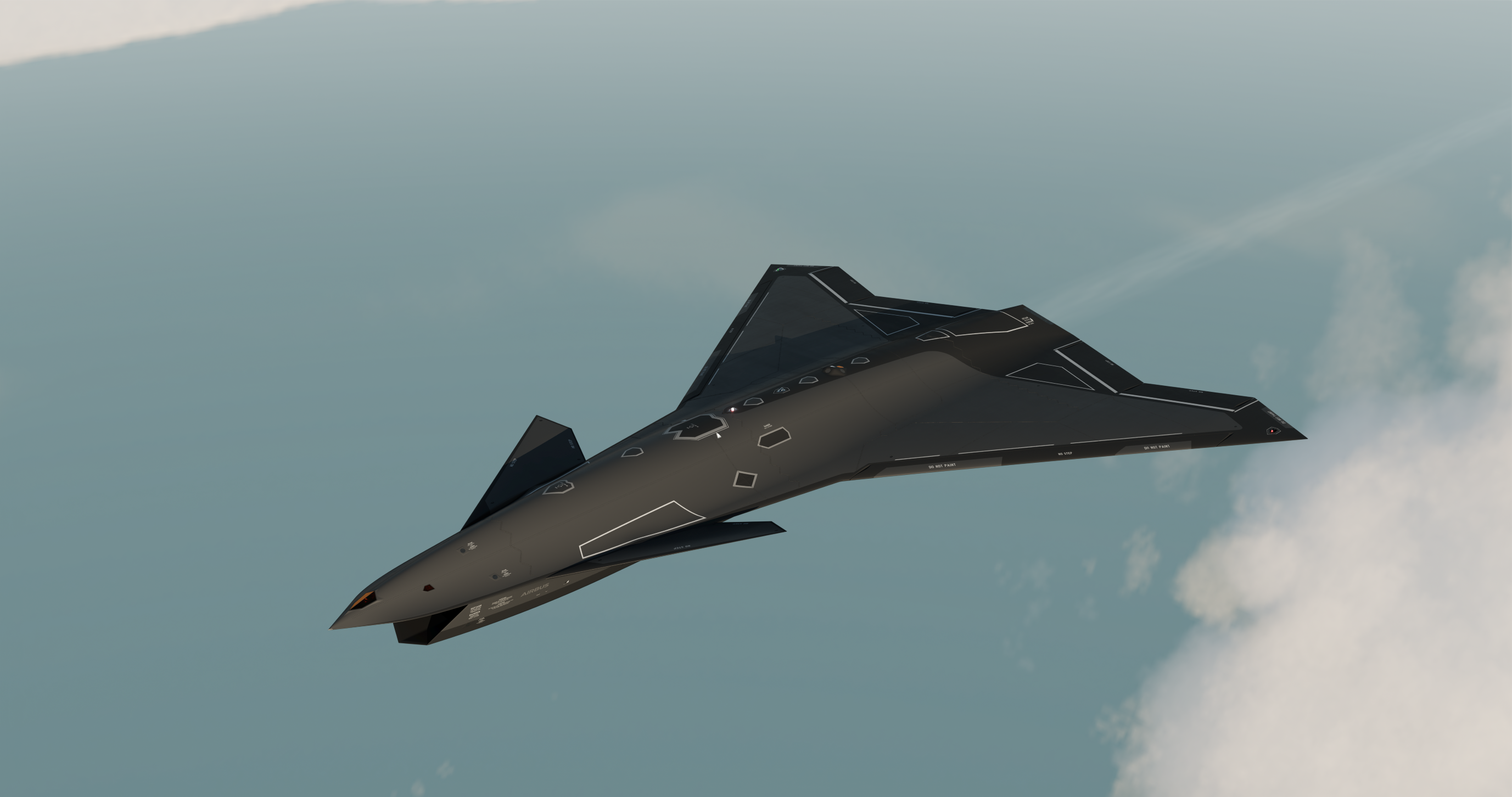
5. **Daniel Shaki: The Steadfast Wingman** Flying as Nahumi’s wingman was Daniel Shaki, the pilot of the second F-4E Phantom. While Nahumi took the lead, Shaki’s role was equally indispensable. In the complex choreography of aerial combat, a wingman’s ability to maintain formation, provide cover, and execute maneuvers in sync with the lead pilot is paramount to success. Shaki proved to be an incredibly formidable and reliable partner.
Alongside Shaki in the backseat was navigator David Regev, complementing the efforts of Nahumi and his navigator Yossi Yavin. Shaki’s composure under extreme pressure and his ability to contribute significantly to the unfolding battle against the Egyptian MiGs highlighted his own formidable capabilities. Together, these two crews formed a formidable, albeit numerically disadvantaged, force ready to confront the storm.
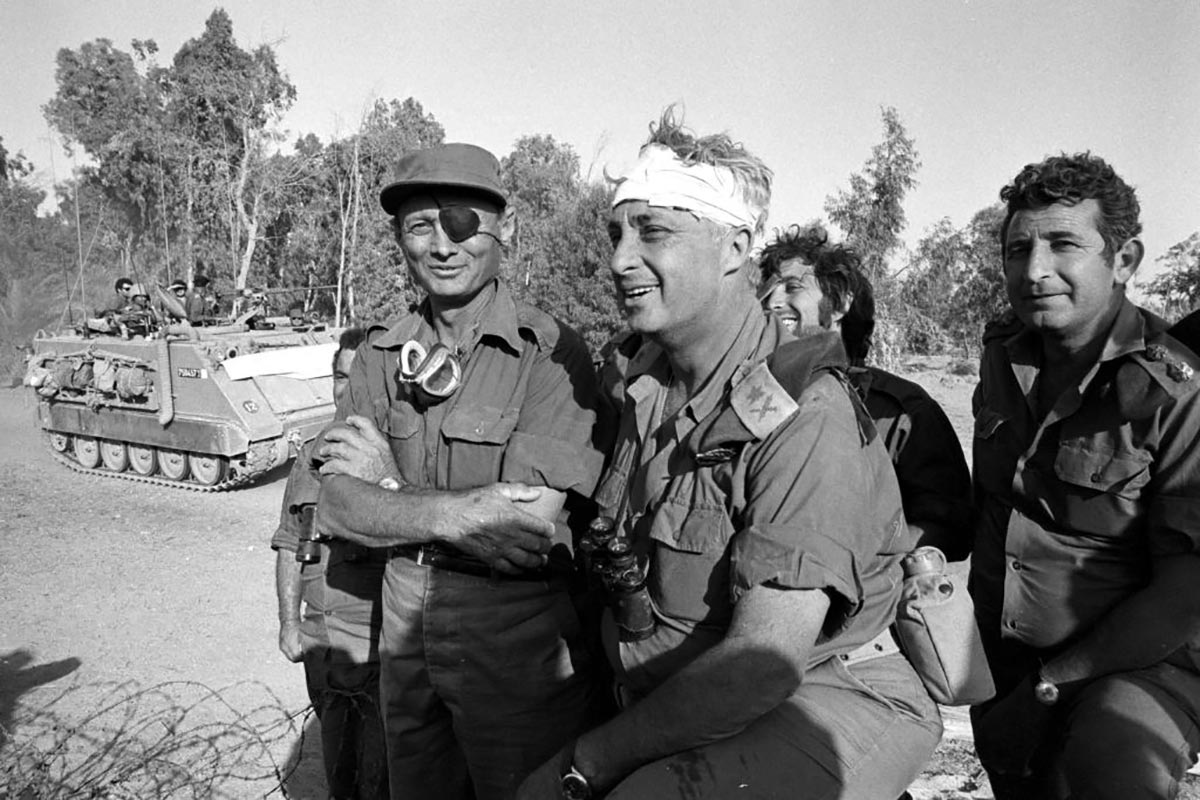
6. **The Prelude: Foreboding Skies Over Sinai** The events of October 6, 1973, were not entirely without warning signs, though their full significance was tragically underestimated. In the summer of 1973, an incident involving Libyan Arab Airlines Flight 114, which accidentally flew over the Sinai, had triggered a swift and fatal response from the IAF. The airliner was intercepted and subsequently shot down after refusing orders to land.
This incident fueled fears within the IAF high command of a possible reprisal against Israeli El-Al aircraft en route to or from South Africa. Consequently, fighter aircraft were maintained on quick reaction alert (QRA) at Ofira. These aircraft were also tasked with countering the threat posed to the small Israeli Navy Red Sea flotilla and the Hawk missile batteries guarding the Red Sea straits from Egyptian MiGs based at Hurghada. The base commander at the time, Ya’acov ‘Yak’ Nevo, understood the constant state of readiness required, unknowingly setting the stage for the dramatic battle to come.

